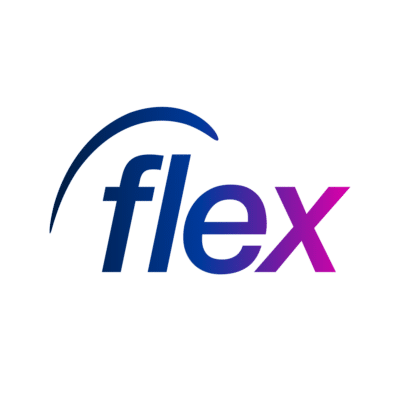
Procurement’s role in workforce management is expanding. No longer just a cost-control function, procurement is now at the heart of delivering the contingent workforce. With the current labor market presenting challenges such as skill shortages and wage inflation, procurement leaders must adopt a more strategic, talent-focused approach, considering temporary talent as a key part of this.
Keeping up with procurement trends is essential to making informed decisions.
The growing importance of the contingent workforce
Temporary staff now comprise a significant portion of the workforce. Recent procurement trends highlight a shift towards greater reliance on non-permanent workers driven by:
- Labor market pressures: Persistent skill shortages and wage inflation.
- Operational agility: A need to respond rapidly to market shifts and surges in demand.
- Cost management: Flexibility to minimize fixed labor costs during uncertain economic times.
Procurement professionals increasingly manage contingent staffing, so it’s important for them to know just how those staff fit into the wider staffing picture and how they can help reach organizational goals.
Moving beyond transactional procurement
Traditionally, procurement’s involvement in contingent workforce management has been transactional — focused on sourcing and contracting. However, given the growing strategic importance of temporary workers, procurement must take a more integrated role, alongside HR.
Key questions procurement leaders should address include:
- What work is best suited to temporary staff versus permanent employees?
- How can cost, quality, and speed be balanced in workforce decisions?
- What percentage of the workforce should ideally be contingent?
- How can data and technology improve workforce planning and agility?
By staying ahead of procurement trends and reframing the contingent workforce as a business-critical resource, procurement leaders can contribute directly to business success.
Subscribe to our newsletter
Stay ahead of employment updates and workforce management tips. Subscribe to our newsletter for expert insights straight to your inbox.
Procurement and HR — working together
Effective management of temporary talent requires collaboration between procurement and HR. This partnership ensures that contingent workers are integrated into the organization’s overall workforce strategy, enabling both departments to deliver better outcomes.
Steps to strengthen alignment:
- Shared goals: Align on workforce objectives, such as cost control, risk management, and quality of talent.
- Centralized technology: Invest in systems that provide visibility and management across all worker types, to both teams.
- Data sharing: Use insights to optimize sourcing, onboarding, and retention strategies for temporary staff, and see where you have frequent gaps in fulfillment.
This collaborative approach ensures procurement can evolve from a functional enabler to a strategic partner in workforce management.
Developing a roadmap for temporary talent management
Procurement leaders must create a clear strategy for managing temporary talent, ensuring it aligns with broader workforce goals.
Key actions include:
- Gain full visibility: Ensure complete oversight of temporary staff to monitor performance, compliance, and costs.
- Mitigate risks: Properly classify temporary workers to reduce legal and financial risks.
- Adopt a multi-sourcing approach: Balance speed, quality, and cost by using a range of staffing solutions.
- Invest in technology: Use advanced tools to streamline processes, track performance, and improve agility.
- Measure success: Establish KPIs to monitor how temporary staff contribute to business goals and adjust strategies accordingly.
A well-defined roadmap allows procurement to manage temporary staff effectively, ensuring they deliver value across the organization.
The role of technology in contingent workforce management
The use of relevant technology is essential when it comes to managing temporary talent. From providing visibility into performance, to giving you an overview of your entire workforce, to enabling data-driven decisions; advanced tools enable procurement leaders to take a proactive approach.
Key benefits of utilizing technology:
- Visibility: Gain a comprehensive view of contingent workforce costs, quality, and frequency of use.
- Performance tracking: Use data to assess the impact of temporary staff on business outcomes.
- Agility: Scale staffing levels up or down in response to market conditions.
- Collaboration: Centralize processes to ensure alignment between HR and procurement.
- Manage suppliers: Get a complete overview of agency performance, from fulfillment rates, to worker quality, to compliance.
When aligned with a broader talent strategy, technology allows procurement to optimize the value of temporary workers while controlling risks and costs.
Procurement as an arm of talent strategy
Temporary staff are no longer an afterthought when it comes to workforce planning — they’re integral to the success of your business. Procurement leaders who embrace their role as talent strategists, and stay informed on procurement trends, will place their organizations in a better position to compete in an increasingly competitive labor market.
By taking a holistic approach to workforce management, aligning with HR, and using the right technology, procurement can lead the way in getting the best out of contingent talent and ensuring their business can pivot to meet changing demands.
See what our Total Workforce Management solutions can do for you, today.
Book a demo
Discover a staffing solution tailored to suit your business requirements








